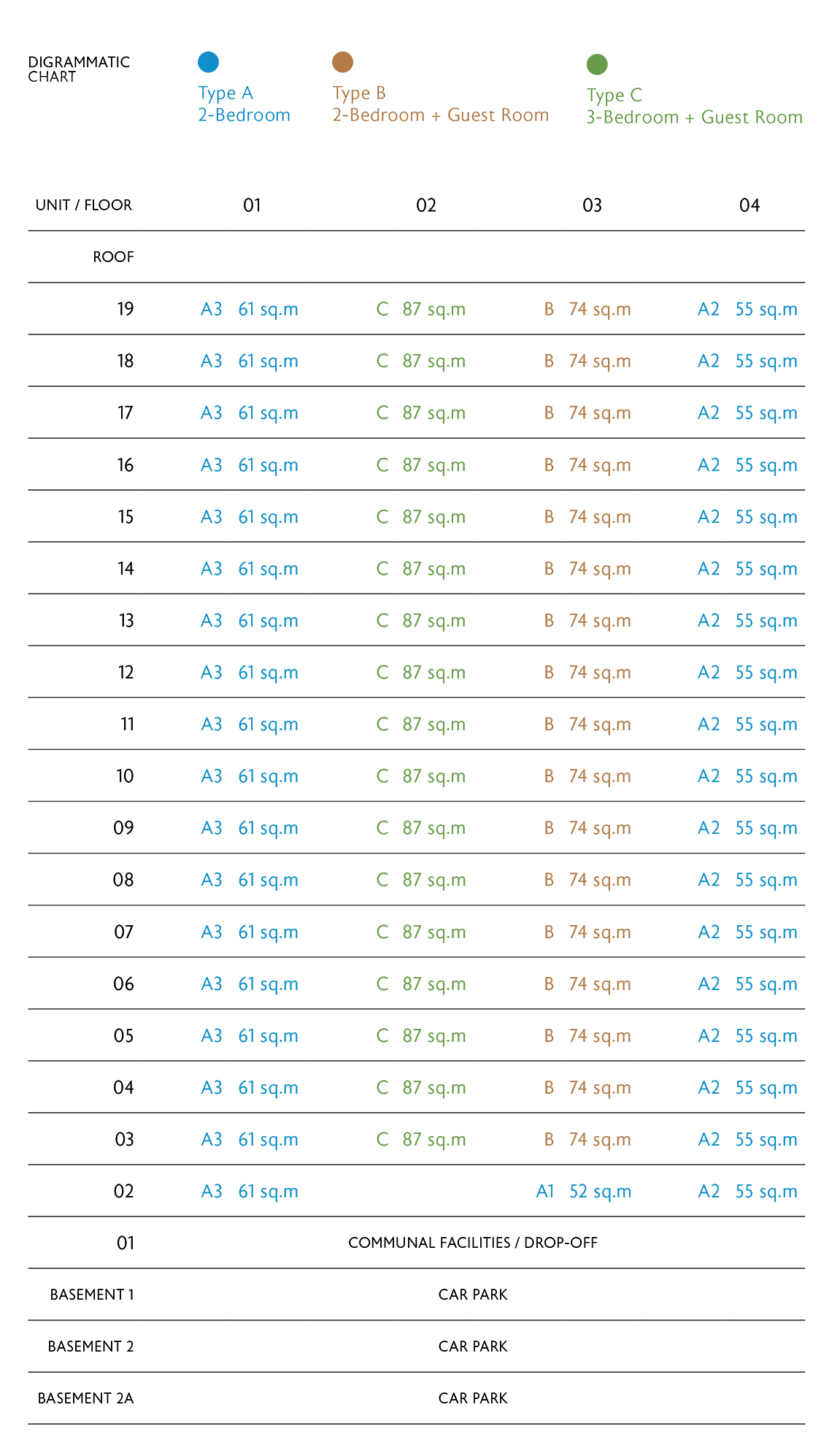
Residential property management is a multi-faceted occupation that can be challenging. A residential manager should be knowledgeable about the laws and regulations within their jurisdiction and have the ability to solve any problems that may arise. These professionals are responsible for coordinating tenants with land owners and other parties involved in the rental process. They are responsible in setting rental rates, marketing properties, screening tenants, and negotiating terms for leases.
There are many routes to this field. One option is to become a licensed property manager. This requires attending classes, passing a test, and completing a series of courses. Licensee managers are responsible for collecting rent payments and following up on them.
Another option is to hire an individual manager for your property. Individual property managers tend to be more involved in their operations and will often find creative solutions to their clients' problems. However, they are more expensive than other managers.
Property management is crucial to keep your property in good shape. The ideal property manager will be able make repairs, screen potential tenants and coordinate maintenance issues. Additionally, they will know the legal aspects of renting a unit and will be able to suggest a good legal counsel.

Most residential managers are hired by homeowners, landlords, and condominium associations. There are many services they provide, and the range of their offerings is vast. They can offer one person operations or large corporations with hundreds. Property managers will oversee and coordinate maintenance, screen tenants, maintain administrative aspects, and manage the building.
Larger companies may be able to benefit from economies-of-scale. This is especially true if you manage multiple properties. It is a good idea for your property management company to have a broad range of expertise and resources.
You will have a better customer service experience. They will have a larger team to manage day-to-day operations. They will also be able offer competitive pricing.
Some residential property managers employ in-house maintenance teams. Others may rely on outside contractors to carry out repairs. Regardless of which type of contractor you choose, it is important to keep track of expenses to avoid penalties from the IRS.
Finally, a professional residential manager will find the best way for you to market your property. You will need to show images to entice potential tenants to visit your property. It is important to show potential tenants all of the amenities within the building.

With the right professional, you can enjoy the benefits of owning a property without the hassle. They will find the right tenant for your property and will keep you updated on any potential problems. You can rest assured that your investment is in good hands.
If you are looking for a job in the property management industry, you should start by checking with local real estate agents. They can help locate the right jobs for you based on your skills. Search online for jobs in your area.
FAQ
What should I choose: hourly or per-project?
Personal preference is the most important factor. To know the exact cost of a handyman's services, some prefer to pay by the hour. Others prefer to pay for each completed project since they may have multiple jobs simultaneously. It doesn't matter which way you go, it works great.
What is the difference in a handyman and carpenter?
You can hire a handyman for many projects including plumbing, electrical installation and drywall repair. Carpenters specialize in woodworking. They can build cabinets walls, doors windows, doors, stairs, decks roofs fences sheds, and many other things.
Are there any things I should be aware of before I hire a handyman to help me?
It's important that you find someone with experience working on your particular project. Check references and talk to previous customers. You might want to add extra cash to cover unexpected costs. You should also ensure that he has insurance and is licensed.
Are there any tips from a handyman about how to improve my home and make it more beautiful?
Absolutely! Handyman training is in all areas of home repairs and maintenance. He or she will know what needs to be done and what won't. You don't have to be shy about asking for advice when you need it.
Statistics
- Another estimate was that the market in the United States was $126 billion and was increasing by about 4% annually. (en.wikipedia.org)
- An estimate was that in 2003, the market for home maintenance and repair spending was up 14% 2001 to 2003. (en.wikipedia.org)
- Mila keeps a commission of 20% for each completed service performed by Friends and charges various service fees regarding work done by Pros. (appjobs.com)
- “Before the pandemic, 40% of people asked how we could estimate a job when we weren't there,” Rose recalled. (inquirer.com)
- With a strong housing market, the handyman and general maintenance worker industry are expected to grow by nearly 10% in the next decade. (housecallpro.com)
External Links
How To
How to Replace a Broken Window?
The most common home improvement task is to replace broken windows. This involves fixing any damage caused by the glass. Repairs should take about 30 minutes in this situation. If you don't know how to replace broken glass, you could cause more damage to your home. This article offers some useful tips to replace a broken window.
First step: Take the glass out of its frame
To take out the old glass, first remove the screws that hold it in place. Then undo the lock at the top center of the bottom section of the window frame. Next, lift the window slightly up so that it is no longer attached the sill plate (the steel bar at the floor). Use a plier to loosen any remaining screws. After the panes have been removed, you should clean them thoroughly.
Second step: Clean your new glass
Use a dry paper towel or cloth to remove any dirt from the glass. Use a spray bottle with water and alcohol to clean any debris that has gotten under the glass.
Third Step: Reinstall the replacement glass
Reattach the window panels to the frames. Start by pushing down on the lower edge of the outermost pane with the tip of a screwdriver. Gently push the pane back into the opening in the frame. After moving to the next one, push it firmly against your previous one before you reattach it. Continue inserting the panes until the entire window is assembled. You can seal the gap between the panes with a silicone caulk gun.
Fourth Step: Repair the affected area
To determine if additional repairs are necessary, inspect the area surrounding the hole before installing the glass. Inspect the area around the window for cracks near the corners. If so, add two small pieces wood to each side. These wooden blocks will provide strength for the window, as well as acting as spacers during the expansion or contraction of the weatherproofing.
Fiveth step: Seal the repair area
After the glass has had to be replaced, apply silicone caulking at the perimeter edges. This will create a strong seal between glass and surrounding wallboard. You can find silicone caulking in hardware stores and online. You should choose a color to match the wall paint.
Finally, let the caulking cure overnight. Do not disturb the caulking until it has hardened completely. You could crack the caulking if you wait too long.